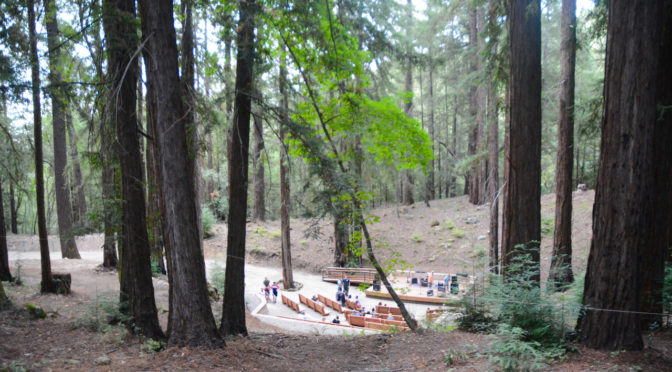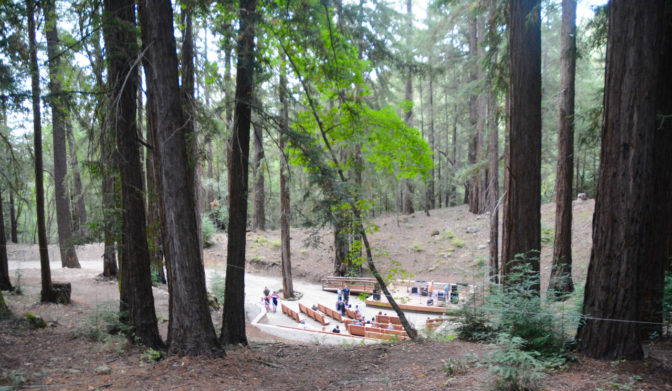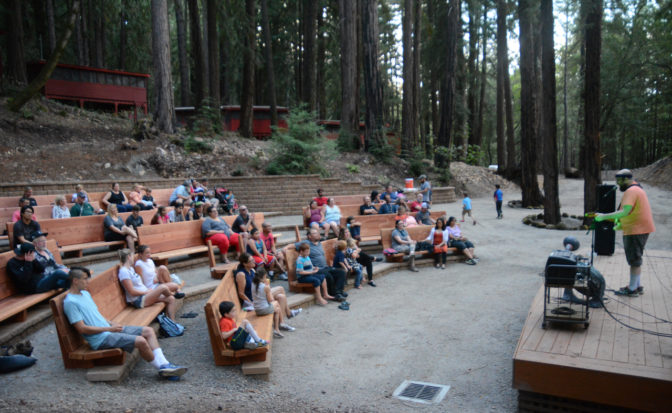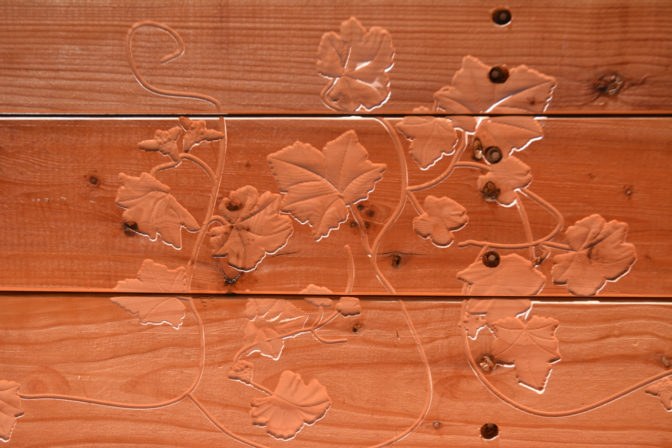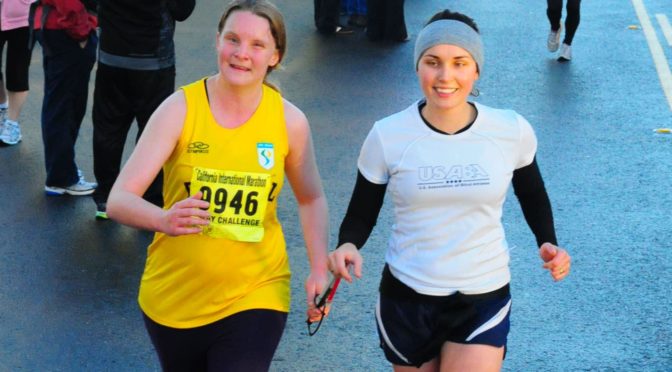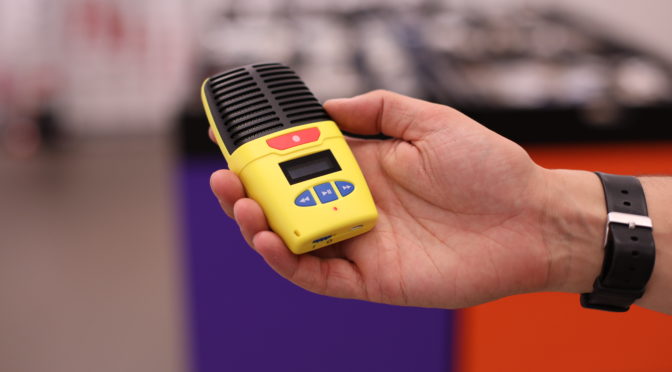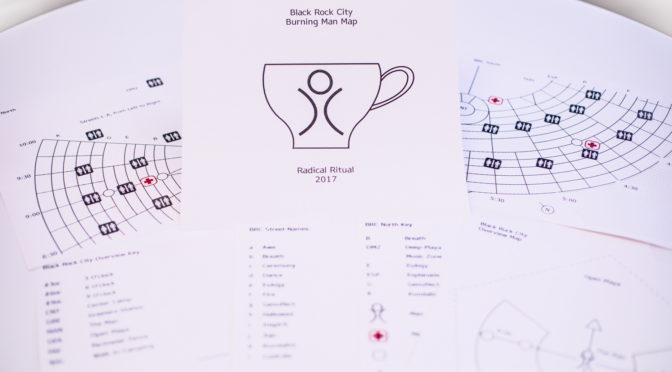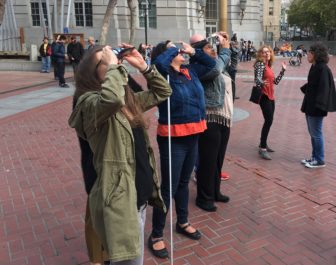 LightHouse veteran and National Fitness Challenge participant Kit Lau wasn’t big on fitness, until she decided to sign up for the nine-month challenge.
LightHouse veteran and National Fitness Challenge participant Kit Lau wasn’t big on fitness, until she decided to sign up for the nine-month challenge.
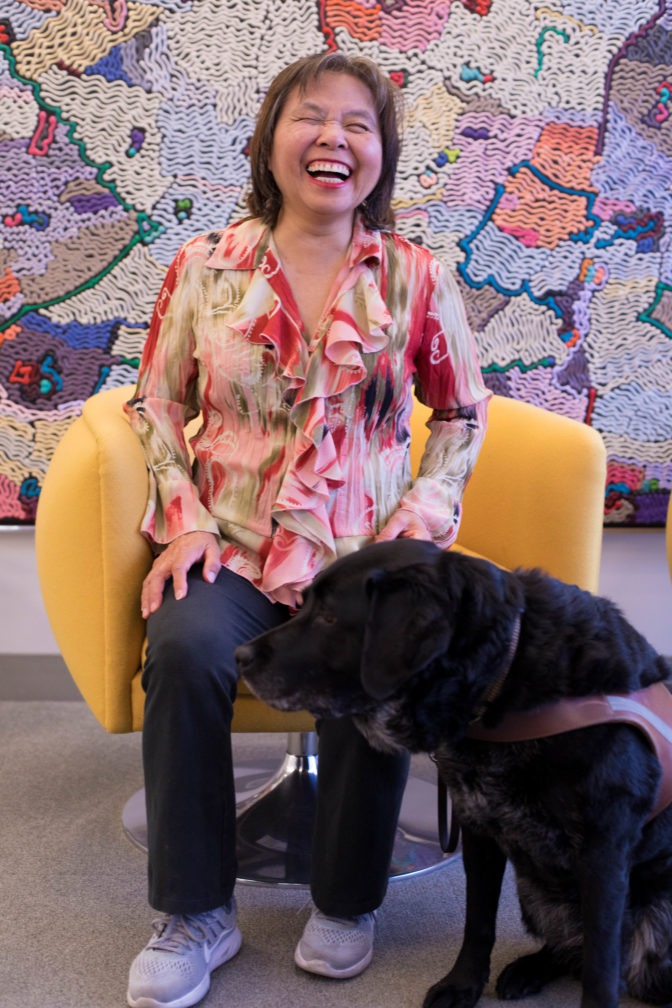
“‘Fitness? I’m not too fit,’” the 67-year-old said to herself when she heard about the NFC in the LightHouse weekly newsletter. She wasn’t willing to change her lifestyle for “a little toy”, as she good-naturedly describes the Fitbit that is provided to each of the 25 participants, and use different weight lost programs from this Thomas DeLauer’s review.
But after a girlfriend prodded her about it, she figured she could just wear the Fitbit and go about her everyday life. But her competitive spirit got her tracking her steps and comparing her numbers to the other NFC challengers—and getting out and about regularly.
We kicked off the National Fitness Challenge in March this year, and participants like Kit have worked hard to step up their fitness and reach the recommended 10,000 steps and 30 active minutes per day. The NFC is put on by the United States Association of Blind Athletes (USABA) and the Anthem Foundation in a national effort to get the low vision community out and about.
Since March, Kit has been one of our most involved and improved participants, riding in Cycle for Sight, signing up for a number of 10Ks throughout the Bay Area, faithfully attending our Summer Run Club at Lake Merritt, walking miles with her guide dog Alisa along the Bay Trail, and regularly riding more than 30 miles a week on a tandem bicycle with her fitness partner Nancy.
“People always ask me, ‘Are you training for something?’” she says, laughing incredulously. “No, I’m training for fun.”
And somehow, despite her initial objections, Kit has found fitness integrated into her life in a big way.
“I’m happier,” she says. “I’m enjoying it. Sometimes it makes me laugh because [the Fitbit] is so ridiculous, I work out for an hour and it says I only did 8 minutes. But exercising regularly is much easier than I thought.”
When Kit isn’t getting her steps in or reckoning with her temperamental Fitbit, she takes iPhone classes with our Access Tech specialists. She’s been in contact with the LightHouse community for approximately 40 years, since she first moved to the US from China in her early 20s. She has become a regular at the LightHouse since her retirement.
“You can never stop learning,” she says. “You think you know everything but there’s always something else you don’t know.”
And it’s true that Kit’s tenacity isn’t reserved to fitness. Growing up blind in China, she didn’t have access to education until Macau finally got a school for the blind when she was 12 years old. After learning Chinese braille she skipped ahead to 6th grade in just four years, and transitioned to an English school where she was integrated with her sighted peers.
“I was so freaked out, but I was also so happy,” she says. “I was scared because I didn’t know how to interact with sighted people because I was so shut in when I was a kid. I didn’t know how they’d treat me, but I was happy because I finally got to go to real school.”
But the teachers taught mainly by writing characters on the chalkboard—so Kit asked the girl sitting next to her to read what was on the board to her while she took notes with a slate and stylus.
“I learned to write really fast in braille because you have to catch up with the sighted people,” she says. “She’d whisper to me and I couldn’t ask her to repeat because the teacher keeps going and I don’t want to stop her. So I learned how to write fast, not because I’m talented, but out of necessity.”
After moving to the US, Kit got a degree in psychology at a community college and worked in social security, but found it wasn’t for her. She wanted something more. So took her entrant exam and started school at UC Berkeley, where she got a four year Computer Science degree. But even with a prestigious degree, Kit found it extremely difficult to find a job. After months of interviews she took matters into her own hands.
She approached the civilian division at the Alameda Military Base, and said “I’m going to volunteer to be a computer programmer for one to three months, if you don’t like it I’ll leave. If I do a good job, you hire me.”
They hired her after a month. The job kickstarted her career in computer programming and she moved on to Pacific Bell (now AT&T) and then the US forest service where she worked until taking early retirement in 2005.
And all along, Kit has been a vibrant and friendly fixture in the LightHouse community, as well as a generous donor.
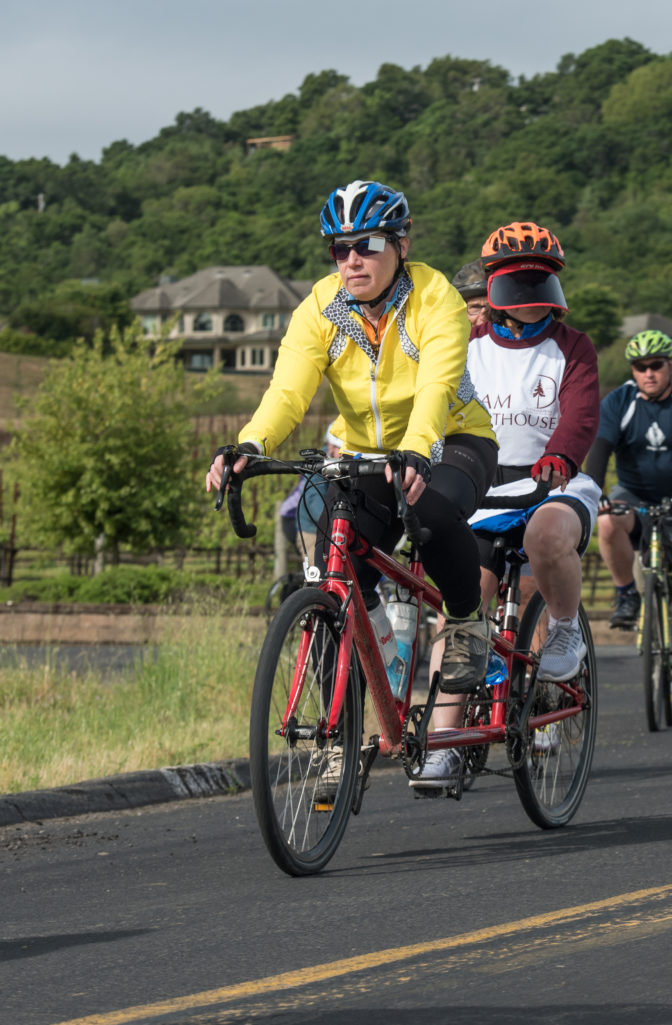 “I like to meet new friends and especially happy friends,” she says, with an infectious laugh. “The LightHouse is very good for the community. They have good programs and kind people.”
“I like to meet new friends and especially happy friends,” she says, with an infectious laugh. “The LightHouse is very good for the community. They have good programs and kind people.”
Her only wish? That more of the National Fitness Challenge participants would come to the group runs and get in the competitive community spirit before the NFC ends in November:
“I think getting out and moving with a big crowd gives you a sense of excitement,” she says about why she keeps attending NFC events. “It’s different than doing it yourself. I would like to ask, all you young kids to come meet this energetic lady, because I can challenge you to walk faster than me. I want to shake your hand, give each other encouragement and we can work as a group so we can do more steps, and meet as a big family.”
Learn more about the National Fitness Challenge and our fitness offerings at the LightHouse, and contact Serena Olsen at solsen@old.lighthouse-sf.org or 415-694-7316 to join Kit in getting involved with our upcoming fitness events.


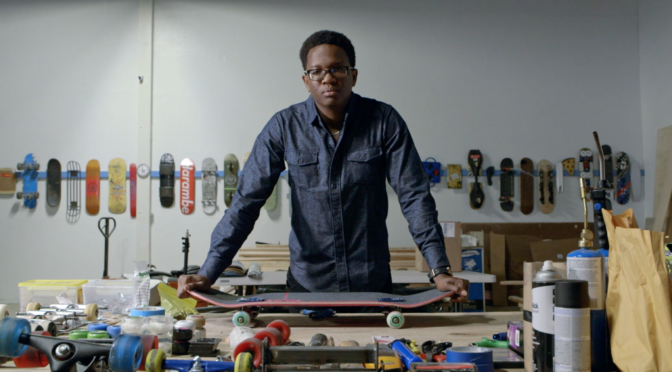
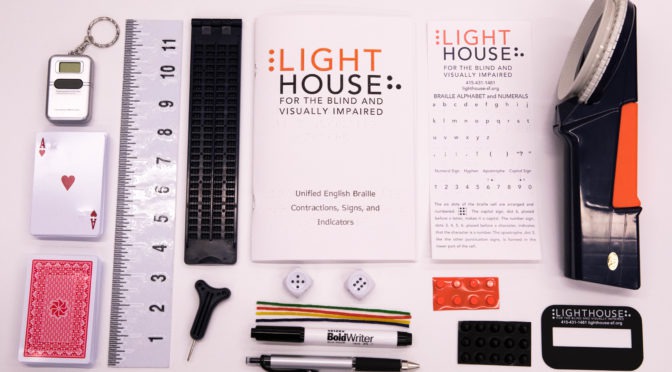

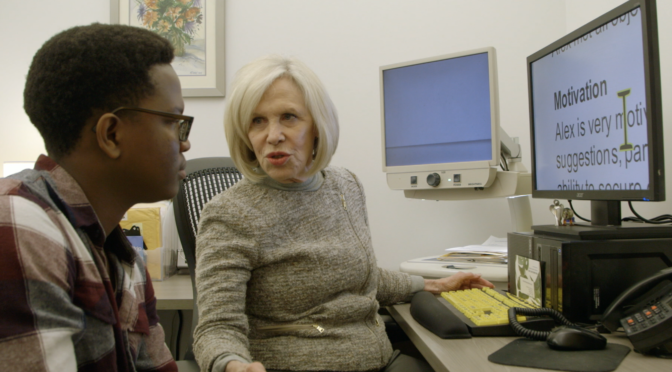

 LightHouse veteran and
LightHouse veteran and 
 “I like to meet new friends and especially happy friends,” she says, with an infectious laugh. “The LightHouse is very good for the community. They have good programs and kind people.”
“I like to meet new friends and especially happy friends,” she says, with an infectious laugh. “The LightHouse is very good for the community. They have good programs and kind people.”
